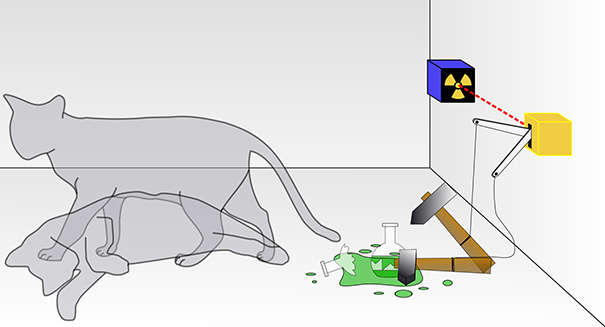Peeking Into Schrodinger's Box Easily Reveals Quantum State Measure - Cat Dead or Alive?

Direct measurement prides its genius in its two-stage measuring process. Generally, measuring a quantum state alters it irreversibly. For the first stage, also called the 'weak' stage, these researchers measure the stage so gently that the system changes just slightly and doesn't case a collapse in the wave function. As this remains as it is, it allows for a 'strong' measurement of the other variable.
Lead author Dr. Mehul Malik said-
It is sort of like peeking into the box to see if Schrödinger’s cat is alive, without fully opening the box. The weak measurement is essentially a bad measurement, which leaves you mostly uncertain about whether the cat is alive or dead. It does, however, give partial information on the health of the cat, which when repeated many times can lead to near certain information as to whether the cat is alive or dead.To the uninitiated, Schrödinger’s Cat is a thought experiment (also referred to as a paradox) presented by Schrödinger in 1935. It illustrates what he thought of as the problem of the Copenhagen interpretation of quantum mechanics applied to daily objects. The scene presents a cat who could be dead or alive in a box, depending on an earlier random event. You may check out this animated video to understand the paradox better-
0

